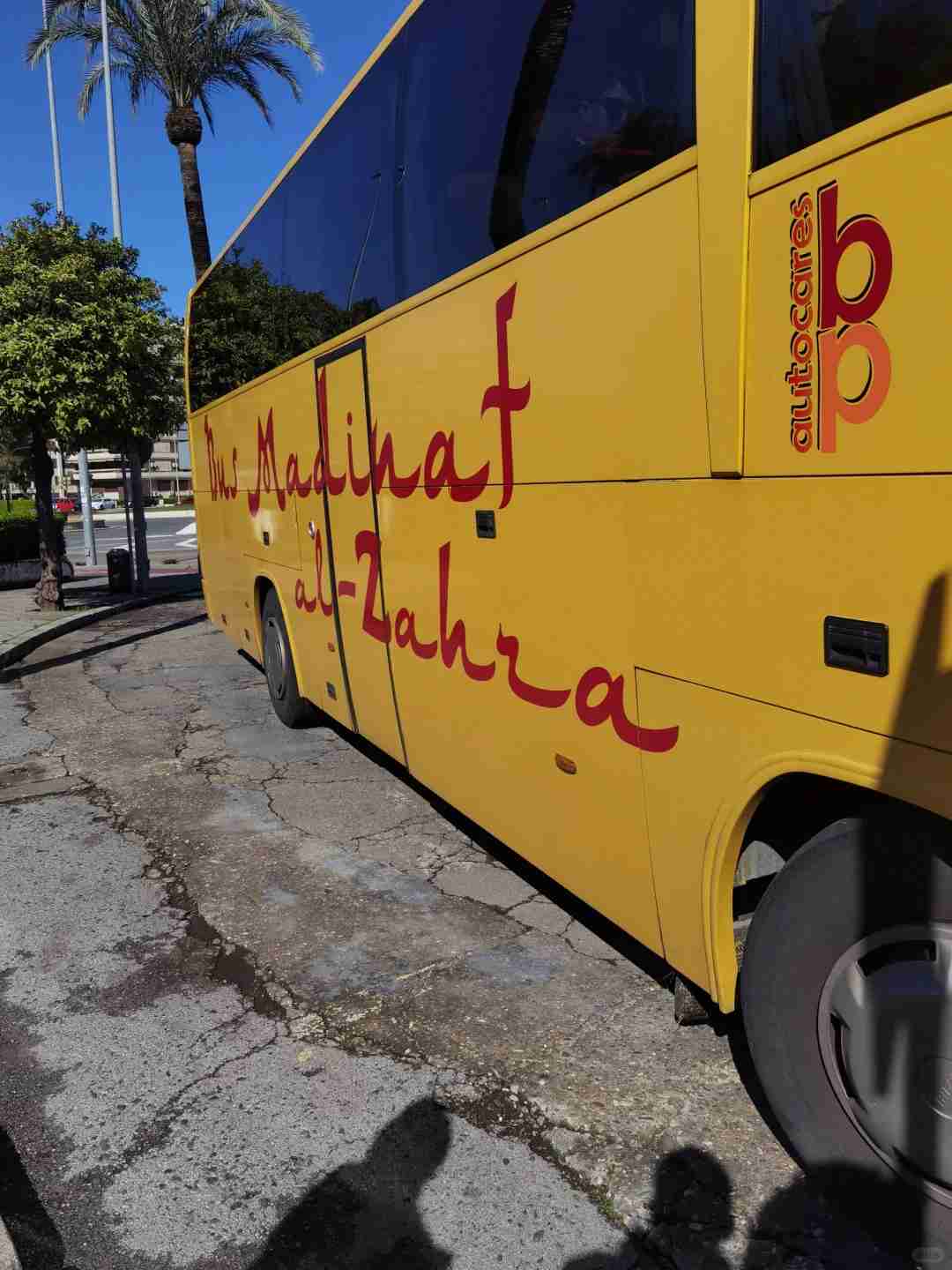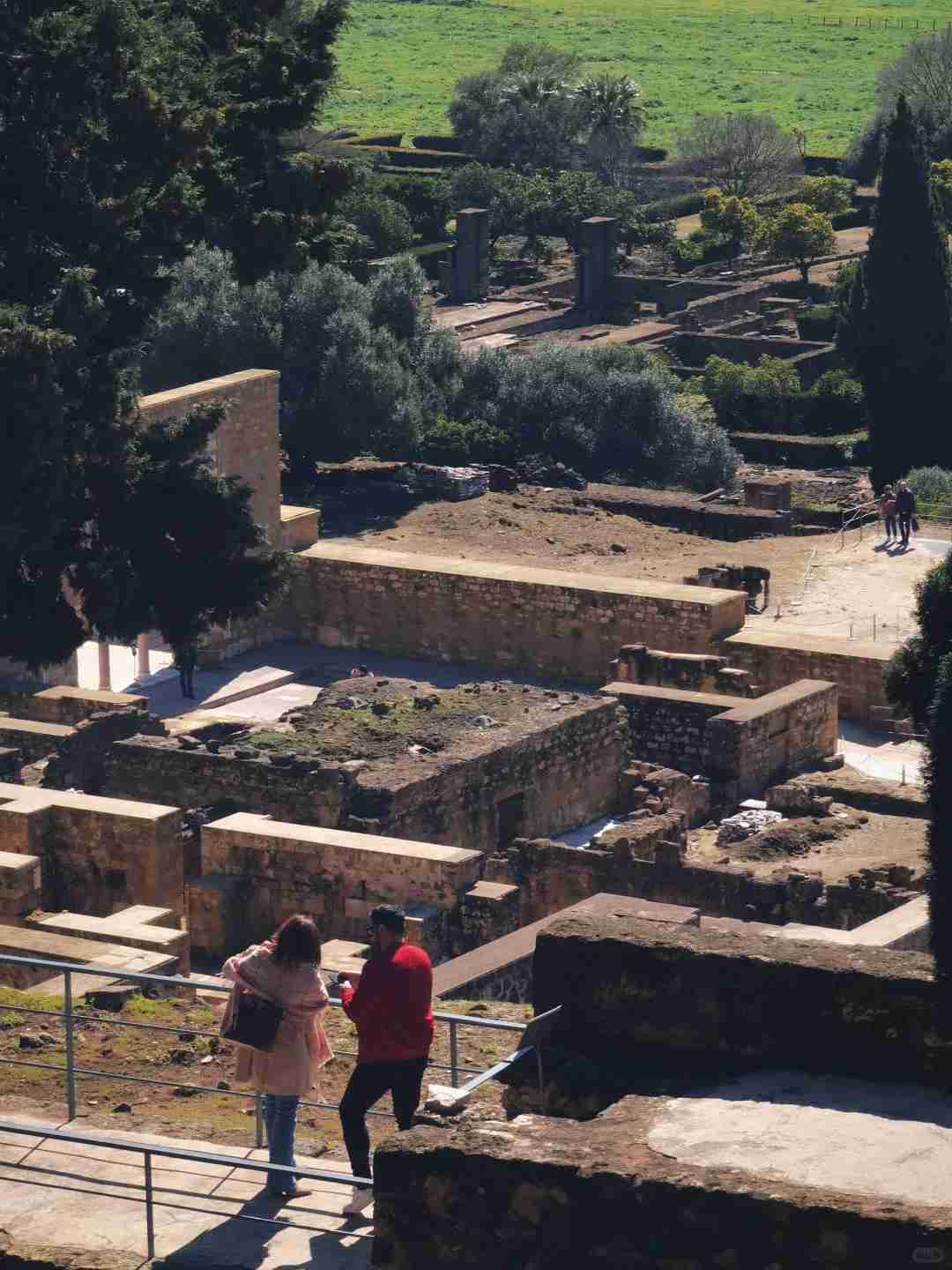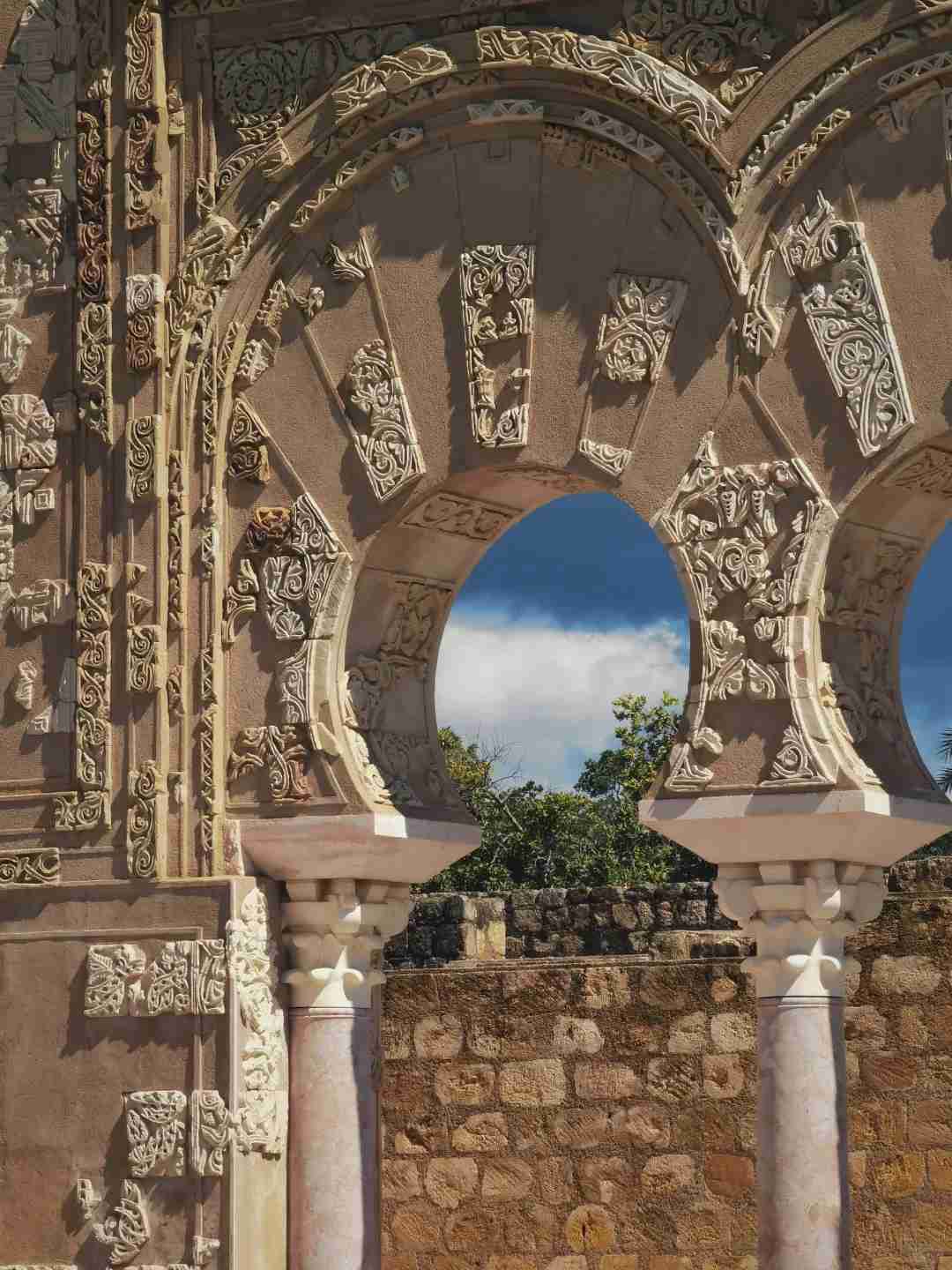Top Must-Visit Site in Spain for Solo Travelers This Year
Another solo journey
This time, I came to Andalusia, Spain, and unexpectedly, my favorite was the Medinat al-Zahra site in Cordoba.
There are no bustling tourists, no crowded craft shops, only the desolation and incompleteness of history. When you touch the mottled stone walls, you can hear the wind whispering through the arches, and the sighs of a thousand-year-old dynasty echo in your ears. It turns out that ruins are even more romantic.

🌟 This was a fleeting dynasty
In 936 AD, to demonstrate the power of the empire, Caliph Abd al-Rahman III of the Umayyad Dynasty ordered the construction of a “white dream city” on a hillside outside Cordoba.
This palace city, which took 25 years to build and cost one-third of the country’s tax revenue, was once the most luxurious center of power in medieval Europe: the marble courtyards shimmered, diplomats came and went, and poets and scholars recited their wisdom here.

However, its glory lasted only 74 years, abandoned due to civil war and turmoil, gradually buried under the yellow earth, not to be rediscovered until the 20th century.
🕌 Every stone speaks of the beauty of Islamic architecture, and the beauty in the ruins is even more striking.
[One R] The “Game of Thrones” Hall
The reception room in the Prime Minister’s residence, believed to be the residence of the Caliphate’s prime minister from 961-972, was one of the most complex and luxurious residences in the palace.

The floor of the room was made of marble, and the horseshoe arch at the entrance was covered with highly intricate plaster carvings, p1-3
[Two R] The layered “mountain city” layout
From the high palaces to the lower markets and gardens, the stepped design not only emphasized the strict hierarchy but also subtly reflected the philosophy of the Islamic garden as a paradise, p4-5

🌍 A living fossil of cultural integration
It perfectly demonstrates the coexistence of Islamic civilization with Christian and Jewish cultures. The architecture features a mix of Roman colonnades and Persian domes. In the archaeological museum, artifacts such as ivory jewelry and bronze fountains reveal the prosperity of Eurasian trade in the 10th century.
Here, there is no black-and-white confrontation of civilizations, only the wisdom of diversity and coexistence.

✨ Tips for solo travel
[Recommendation R] It’s recommended to buy a bus ticket, round trip from the center of Cordoba costs 10 euros, the bus will take you to the visitor center (which has a museum), and with this bus ticket, you can get a free shuttle from the visitor center to the mountain site (if you go to the visitor center on your own, you need to buy a separate ticket).

[Recommendation R] The bus runs two fixed schedules daily, the one that departs at 10:00 AM returns from the visitor center at 1:30 PM, and the one that departs at 10:45 AM returns at 2:15 PM, the bus looks like p6.
[Recommendation R] The site is free to visit, but you need to get a ticket at the visitor center.

